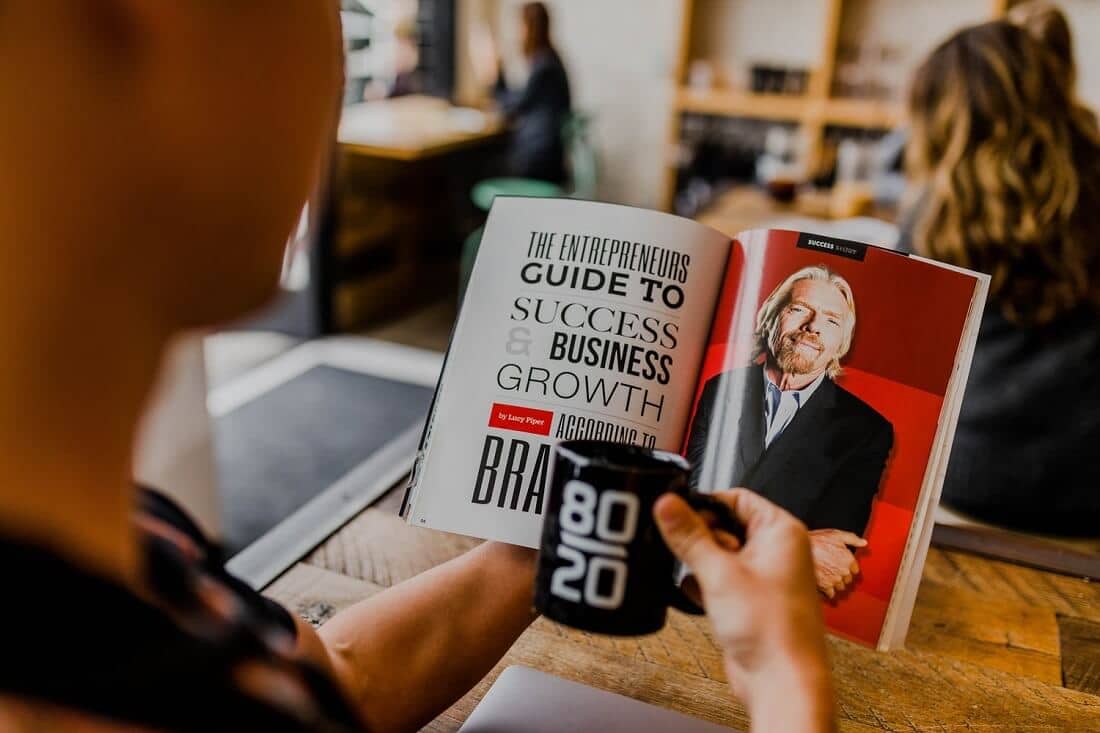
To know about stock investing is something that will pay you off for the rest of your life.
By Guy Avtalyon
Several years ago Forbes published an interesting article on the topic lies about stock investing and trading. The headline wasn’t exactly like ours but something similar. If you’re interested to read the whole article try to find it in the archive.
Brokers, financial gurus, even governments lie to us about global warming, the national economy, giving us false promises, lie about the stock market, taxes, or the national debt. We are also faced with so many lies about stock investing and trading. What we really need is the truth even if it isn’t pleasant.
Since the Traders-Paradise team thinks that an honest approach is necessary to this topic, we collected several unbelievable lies about stock investing and trading. Investing and trading are very serious jobs and any investor or trader doesn’t deserve to get lies instead of the whole truth. They have to survive this tough business. However, it’s impossible without telling the truth.
What are lies about stock investing and trading?
The first lie is that we should beat the stock market! Why should anyone want that? Why is it such a big deal? Theoretically, when you pick the stock randomly you have 50/50 chances of beating the market. Your stock will perform better or worse compared to the overall market. Yes, we know! The point is to hold some stock with a better return than investing in, for example, some index fund. When you want to buy the stock that is advertised as winning one, count how much fees you have to pay when buying and later, when selling. This means the return on that stock has to be much higher than you can see it at first glance.
Beating the market means the great risk involved. If we know that only 2% of stocks can match the market well, so your stock may not be able to beat the market all the time. So, be prepared to lose money most of the time. The main problem is in your capability to gather the true information about the company which stock you’re buying.
Honestly, it is almost impossible unless you’re an insider. No matter if you’re buying a hot-stock. You’ll have zero guarantees that it’s able to beat the market. Past performances will not guarantee you a big future return. This led to the stock buying to the level of casino games. Meaning, you can beat the market from time to time but you’ll fail to do that in the long run. If nothing else, the transaction costs will get you. So, beating the market all the time is one of the lies about stock investing and trading.
Investing and trading are risky, the stock market is volatile
The stock market is fluctuating, it will go up and down. Investing is risky but there are so many strategies to reduce investment risks. The possibility to make money on the stock market is bigger than the possibility to lose. What you have to do is to follow some rules and avoid randomly picking the stock. Also, with a strongly created investment portfolio, diversification, and strong risk management, your chances to profit from stock market volatility are bigger.
We wrote about risk management so many times. Also, if you add new info for every trade in your trading journal, you’ll have the pattern in hand. Hence, you’ll be able to act on time and protect your investment if it is necessary or place the trade at the right time and exit in profit.
If you hold a large portfolio of stocks over a long period, for example, 20 years, you’ll be able to significantly reduce the risk of losing your capital. There still will be some risk but reduced.
Also, traders and investors should consider how realistic it is to ride out the ups and downs of the market over the long-run. What will you do when the economic downturn comes, for example? Will you sell your stocks to fulfill the gap made by a potential job loss? Some life events could make it difficult for some of you to stay invested. But if you have a trading plan and stick to it, everything is easier. So, stocks are risky investment is another lie from the corpus of lies about stock investing and trading. The stock market is volatile, also, it is a lie because that risk is part of your plan and you’re counting on that when trading or investing.
In the stock market, you’ll lose all your money
This is one of the biggest lies about stock investing and trading. Behind this lie stand incredible lack of knowledge and misunderstanding of where the money is going. The stock market is a zero-sum game. The total amount of money invested is what you have there. If you want to profit, someone else has to lose. That’s the whole wisdom. The truth is that you’re not going to lose your money there. Yes, from time to time the price of your stocks will change in value. The prices will go up and down, that’s the way the stock market operates based on supply and demand.
Also, the truth is that stocks can be a good way to earn an investment return over a longer time. If you take a look at historical data you’ll find that, for example, that market indexes, for instance, the S&P 500 have been better than average. When you look at long periods, there were fewer negative years than positive.
What investors have to do is to find a balance. This means understanding how the risk of investment works and how much risk you’re willing to take to earn a satisfying return.
It’s difficult to invest
This is also, one of the lies about stocks investing and trading. This is a story about Average Joe. Well, Average Joe is completely capable of managing his investment, and, for him, it isn’t difficult to invest. Moreover, he has done decent research and trade according to them. In the stock investing, you could have a lazy portfolio or any other that will never confuse you. But let’s go back to the first among many other lies about stock investing and trading. When you hear someone claiming that it is hard to invest in stocks, just recall the first lie mentioned above – beating the market. It’s hard to beat the market constantly if not impossible. But in a long-term investing or active trading you can easily cover your losses.
Yes, you can find some surveys out there that show the average investor has underperformed the market during the past two decades. But the point is that you can’t be a professional trader if you spend a few hours per week analyzing the market and stock performances. You’ll need more time to dedicate to it. You’ll have to be fully focused on your investments.
But you don’t need to beat the market. Keep in mind data. Data shows that the most successful investors are not right all the time, they are right below the 60% of the time. Isn’t it interesting when you know that Warren Buffet is wrong 40% of the time? So, why should you be right all the time and beat the market constantly? To be honest, it’s impossible.
Investing requires a lot of time – No!
This is completely one of the greatest lies about stock investing and trading. This particular lie can be true if you look at professional traders, people whose job is to trade stocks every day. For the average investor as the majority is, one hour per week to start investing in the stock market is quite enough. Don’t even think that you don’t have that time. If anybody thinks that investing requires a lot of time it is due to a lack of knowledge about how the stock market works.
Yes, investing means engagement but your effort will be prized by profits. Actually, investing is a much better way to earn than savings. That was good news. The bad news is that you can’t learn to invest while sitting in the pub and drinking beer, for example. But here’s another good news. To learn how to trade or invest all you need is a little bit of time, basically, the rest is so simple. And the most important, investing could make you rich. Are you ready to drop it?
Did you ever catch yourself thinking:
“I’m too old to learn new things.”
“I’ll never reach my goals.”
“I was born this way, I’ll never change?”
The thing is, many people believe that once we hit a certain education, our personality becomes so rigid that it’s hard for us to grow and learn more. But this is nothing but a lie! When it comes to investing in stocks all you need is a bit of time and willingness. Investing doesn’t require a lot of time. Face these lies about investing.
The biggest lie about stock investing and trading
Maybe the biggest lie is that you have to know a lot about investing. Having in mind the way of investing today, you have to know nothing about it. Nothing at all. What you must have is an investing goal. The investing itself is actually automatic, you can find so many investment services available online. For example, start with some robo-advisor. You’ll pay the fee but not too much. Also, one of the lies about stock investing is that you need a lot of money to start. The truth is that today you can easily find a trustworthy investment platform that will allow you to start investing with a little money, for example, $100.
Don’t let these lies about stock investing keep you from investing. The consequences of not investing are bigger.







